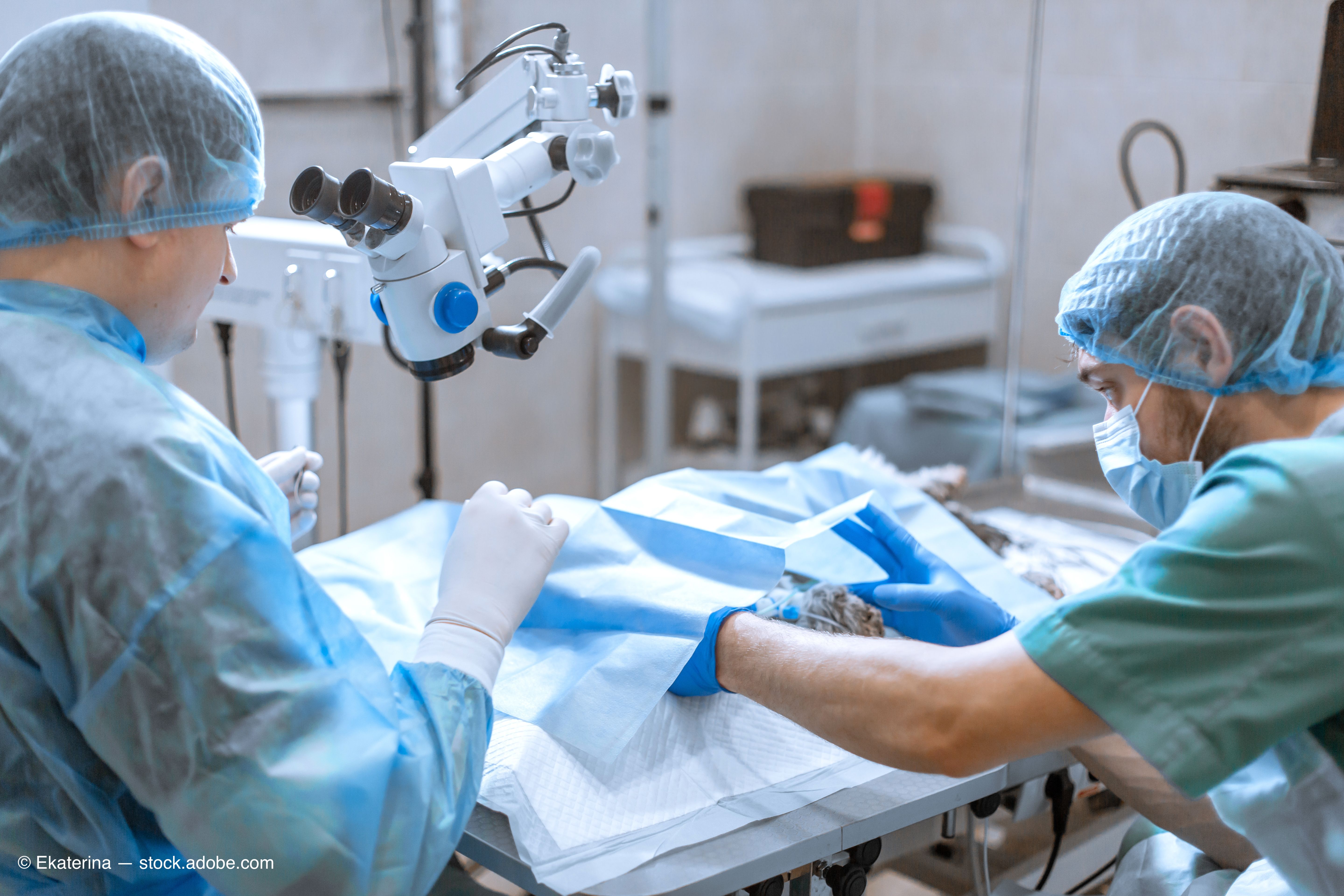Article
FDA approves OVD for use in ophthalmic surgery
Author(s):
Bausch + Lomb’s ClearVisc dispersive ophthalmic viscosurgical device has received FDA approval for use in ophthalmic surgery.

Bausch + Lomb today announced that the FDA has approved its ClearVisc dispersive ophthalmic viscosurgical device (OVD) for use in ophthalmic surgery.
According to Chuck Hess, vice president and general manager, U.S. Surgical, Bausch + Lomb, an OVD is a key component in ophthalmic surgery, and “ClearVisc offers surgeons unique advantages that are designed to contribute to surgical safety and effectiveness and to enable positive outcomes.”
“We are excited to bring forward this latest advancement in OVDs to help address the unmet needs of our customers and their patients,” he said in a statement.
According to Bausch + Lomb, the new OVD contains Sorbitol, which is a unique chemical agent that has been shown in a laboratory study to deliver superior free radical protection compared to other dispersive OVDs.1,2
Free radicals form as a result of chemical reactions caused during phacoemulsification, irrigation/aspiration and as part of the insertion and removal of instruments and implants. Free radicals can contribute to corneal damage and possible decompensation, which can lead to post-surgical complications such as a cloudy cornea. ClearVisc helps provide physical protection of the cornea from thermal and mechanical damage as well as chemical protection from damaging free radicals.
According to the company, a multicenter, randomly assigned clinical study of 372 subjects showed that ClearVisc met its primary safety and efficacy endpoints. No serious adverse events were seen with ClearVisc eye surgeries.
The study also found that clear corneas were seen in 91% of eyes for ClearVisc and 92% of eyes for VISCOAT at 1-day post-operative and in 100% of eyes for ClearVisc and 98% of eyes for VISCOAT at 1-week post-operative.1
John Berdahl, MD, clinician and researcher, Vance Thompson Vision, Sioux Falls, SD, and ClearVisc clinical trial investigator, noted that the dual protection provided by ClearVisc helps to ensure protection of the cornea as well as positive surgical outcomes.
“In my experience as an investigator, I was pleased with the level of control and safety that ClearVisc delivered throughout the procedure,” he said in a statement.
ClearVisc helps to ensure tissue visualization, maintains anterior chamber space throughout all phases of lens removal and IOL insertion and is easily removed during irrigation/aspiration.1 ClearVisc is also supplied in a 1.0 ml syringe, which reduces the need to open a second pack mid-procedure.1
References
Data on File. Bausch & Lomb Incorporated, 2021.
Francesco Maugeri, Adriana Maltese, Keith W. Ward & Claudio Bucolo (2007). Hydroxyl Radical Scavenging Activity of a New Ophthalmic Viscosurgical Device, Current Eye Research, 32:2, 105-111, DOI:10.1080/02713680601147716.
American Academy of Ophthalmology. Retrieved from https://www.aao.org/eye-health/diseases/what-are-cataracts. Accessed March 20, 2021.
U.S. Centers for Disease Control and Prevention Web site, Vision Health Initiative (VHI). Retrieved from https://www.cdc.gov/visionhealth/basics/ced/index.html#:~:text=external%20icon-,Cataract,can%20be%20present%20at%20birth. Accessed April 2, 2021
American Academy of Opthalmology. Retrieved from https://www.aao.org/eye-health/diseases/what-is-cataract-surgery. Accessed April 2, 2021
National Eye Institute Website. Retrieved from https://www.nei.nih.gov/learn-about-eye-health/eye-conditions-and-diseases/cataracts/cataract-surgery. Accessed April 2, 2021.
Newsletter
Don’t miss out—get Ophthalmology Times updates on the latest clinical advancements and expert interviews, straight to your inbox.




